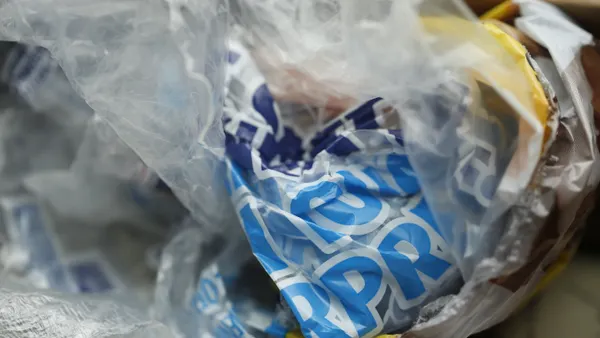Dive Brief:
- The latest annual report from Seattle Public Utilities (SPU) shows that the Washington city achieved an overall diversion rate of 58.8% in 2016, marking its 13th consecutive year of growth. Within that overall statistic the rates were 74% for single-family homes, 38.5% for multi-family buildings, 64% for commercial establishments and 10.9% for self-hauling. The city's diversion rate for construction and demolition recycling, not factored into the overall rate, was 72.5%.
- Seattle's municipal solid waste generation increased by 3.6% to nearly 748,000 tons, due to population growth and increased economic activity. Recycling volumes grew at the same time and disposal volumes were still close to 30% less than in 2006. Though SPU's report also recognized that some of this decrease could be attributed to the recession and recognized a need for more waste prevention education.
- The city is working to hit an overall diversion target of 70%, excluding construction and demolition, by 2022. Each sector has room for improvement to make this happen, with the self-hauling and multi-family categories seen as the farthest behind.
Dive Insight:
Seattle is often held up as one of the top-performing cities in the country when it comes to diversion efforts and this SPU report shows that the city's success stems in part from a very wide range of education and prevention strategies. The city plans to build on this progress with multiple programs in 2017, including targeted outreach to low-performing buildings, focusing on textile recycling and an ongoing push around food waste.
Like other cities that have reached this level of diversion, Seattle has gotten there in part due to a wave of ordinances. This has included multiple rounds of plastic bag bans — which has led to a reported 50% reduction in usage — along with a commercial organics recycling mandate and other policies. While residents and businesses reportedly adapted well to many of them, others such as cart inspections and a dumpster ban have been much less popular. All of this work has come with a cost too. In 2016, SPU was given approval to raise rates by 4.4% over a three-year period.
As seen recently in San Francisco, these types of rate increases aren't uncommon in cities — especially when more complex services such as organics collection are involved. Because Seattle doesn't send any of its refuse to waste-to-energy facilities, the city is fully affected by the gradual rise in landfill tip fees and that reality may balance out the costs related to their diversion efforts. SPU has also been investing in new capital projects recently, one of the most notable being a new $108 million transfer station built to be earthquake resistant and be more of a direct community asset than other traditional facilities.










